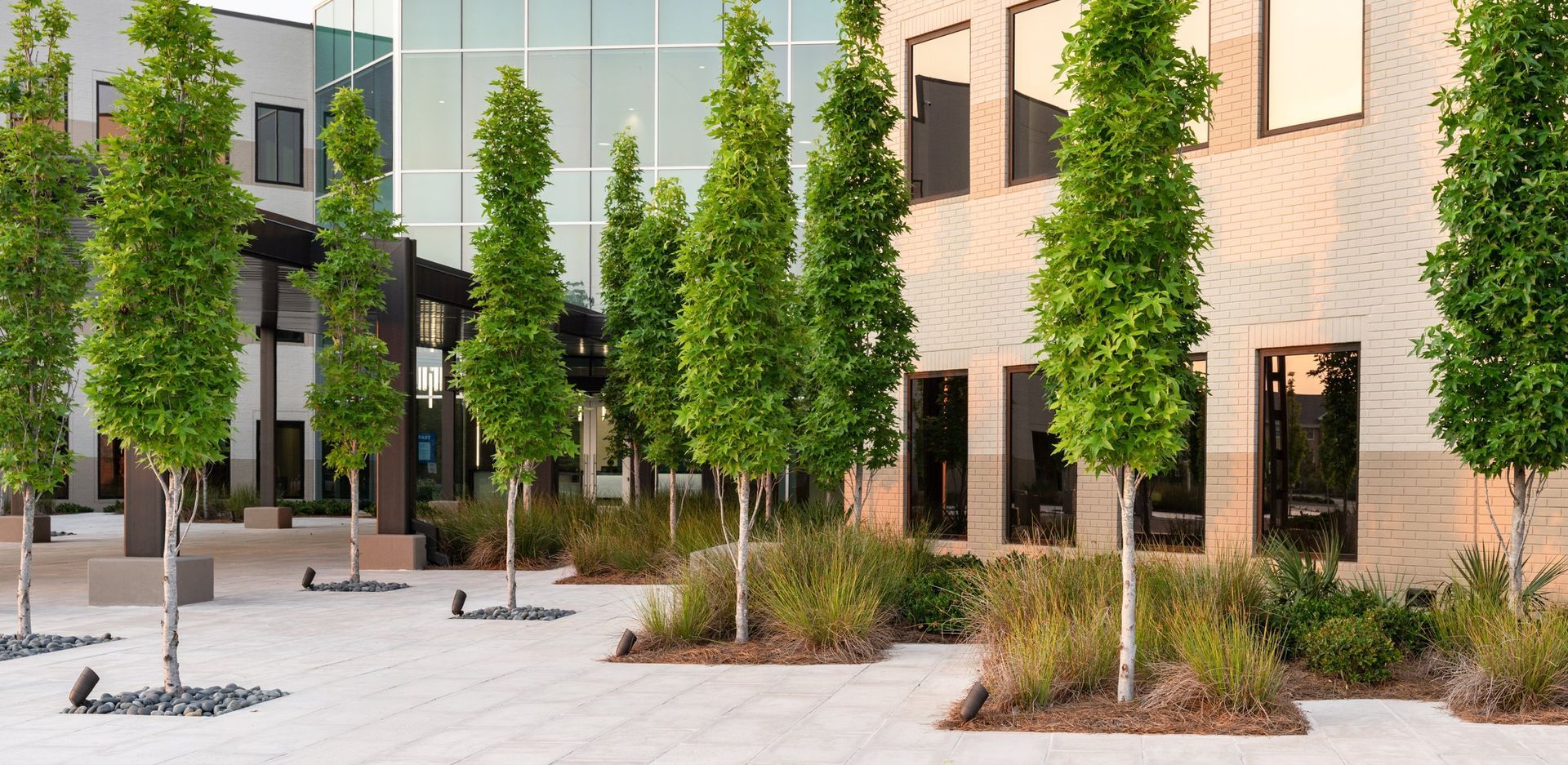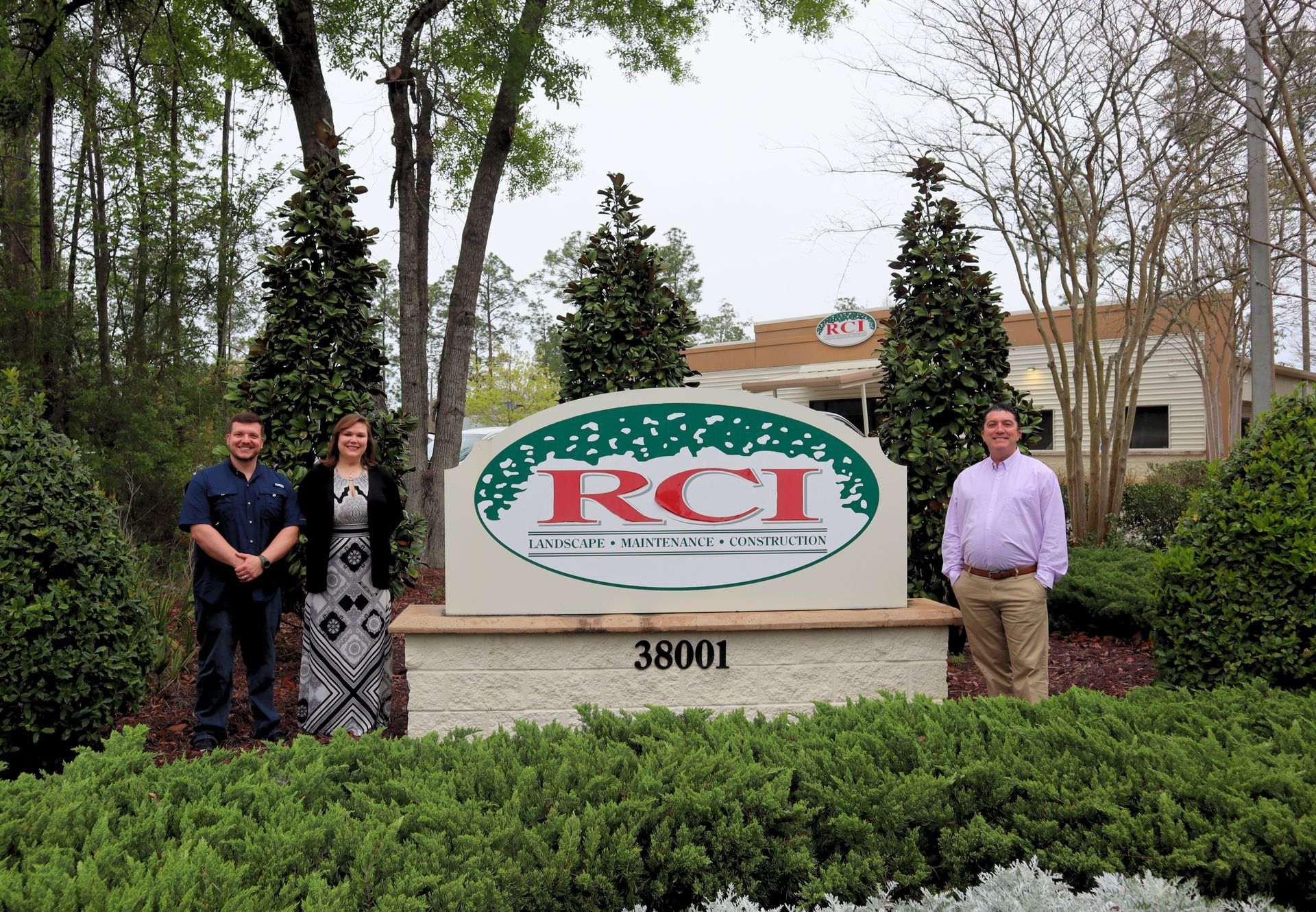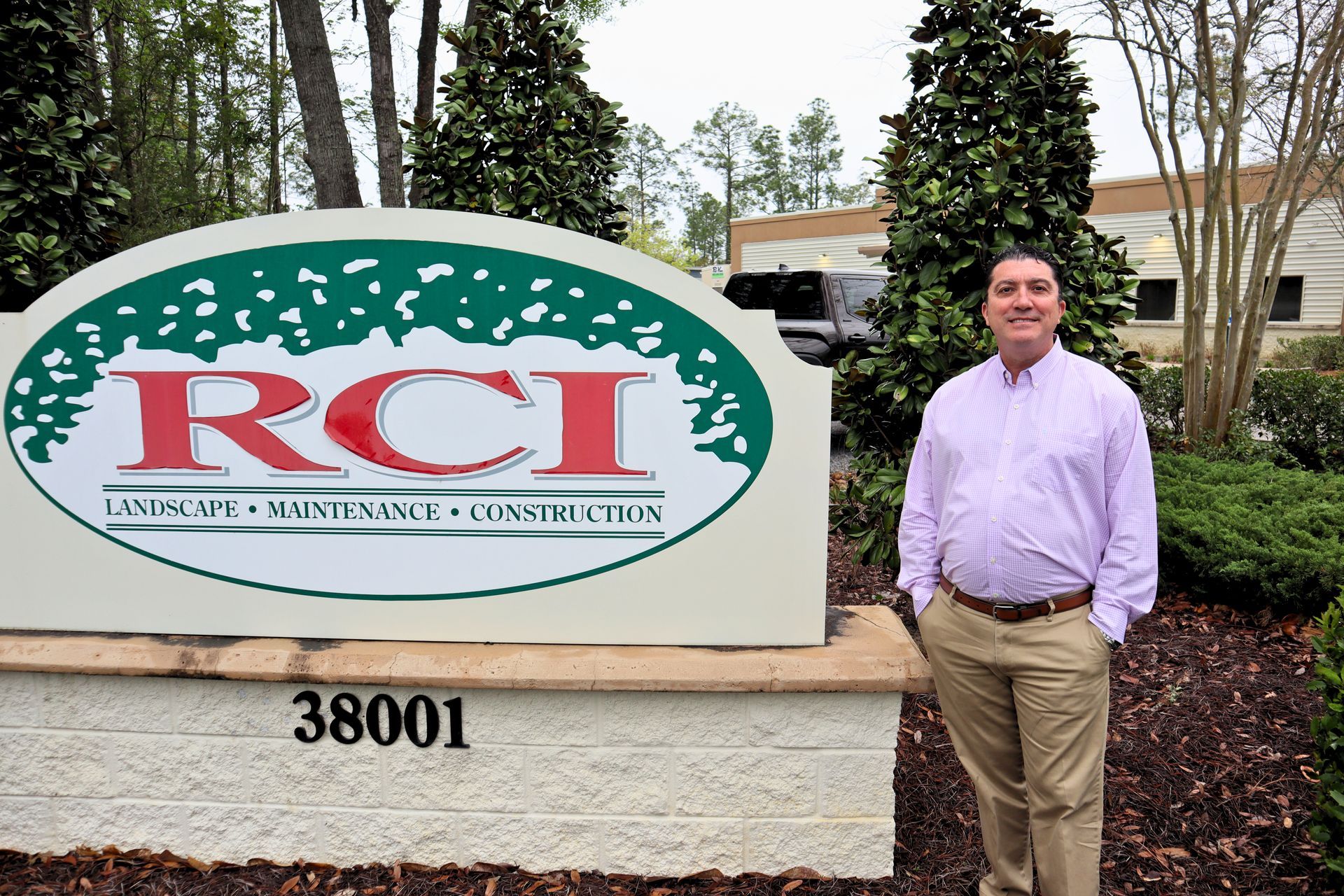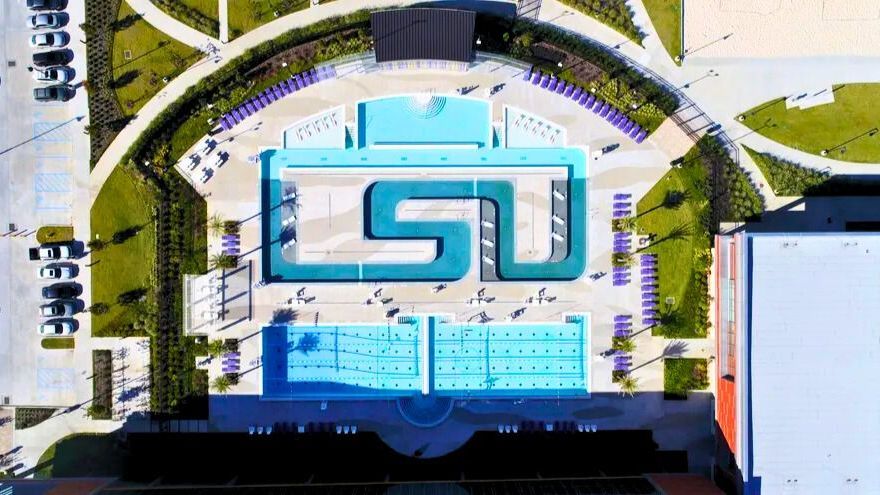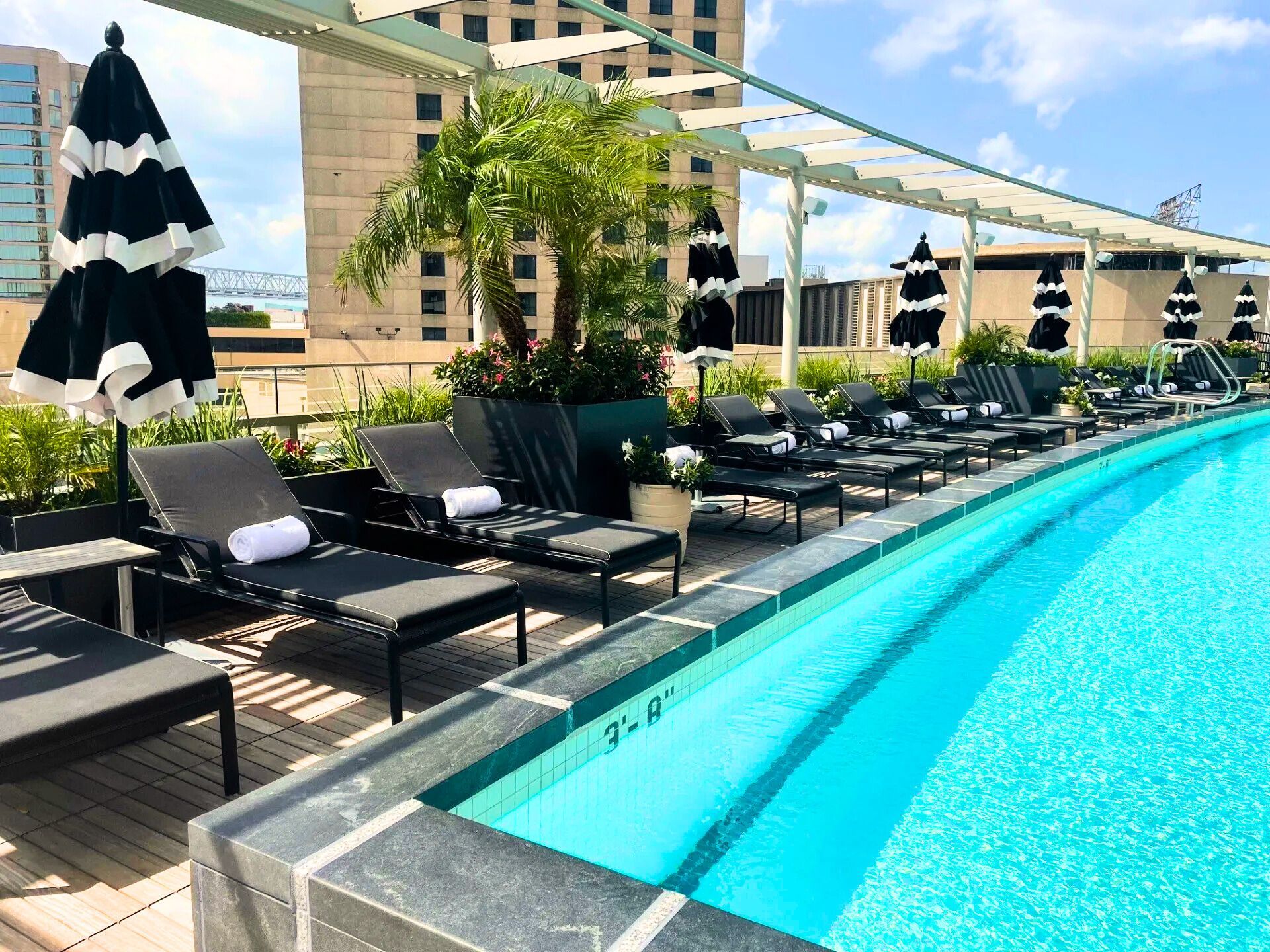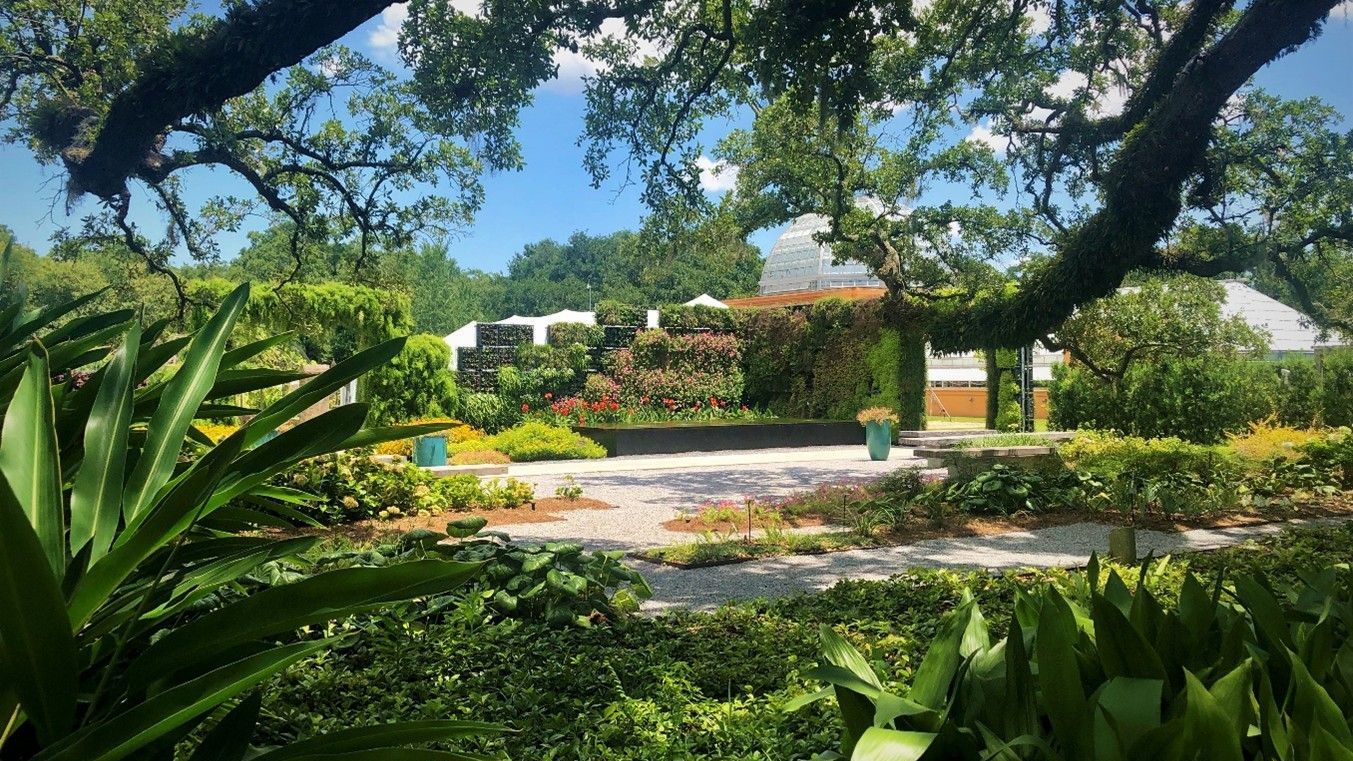Transforming Your Commercial Properties with Beautiful and Functional Hardscapes
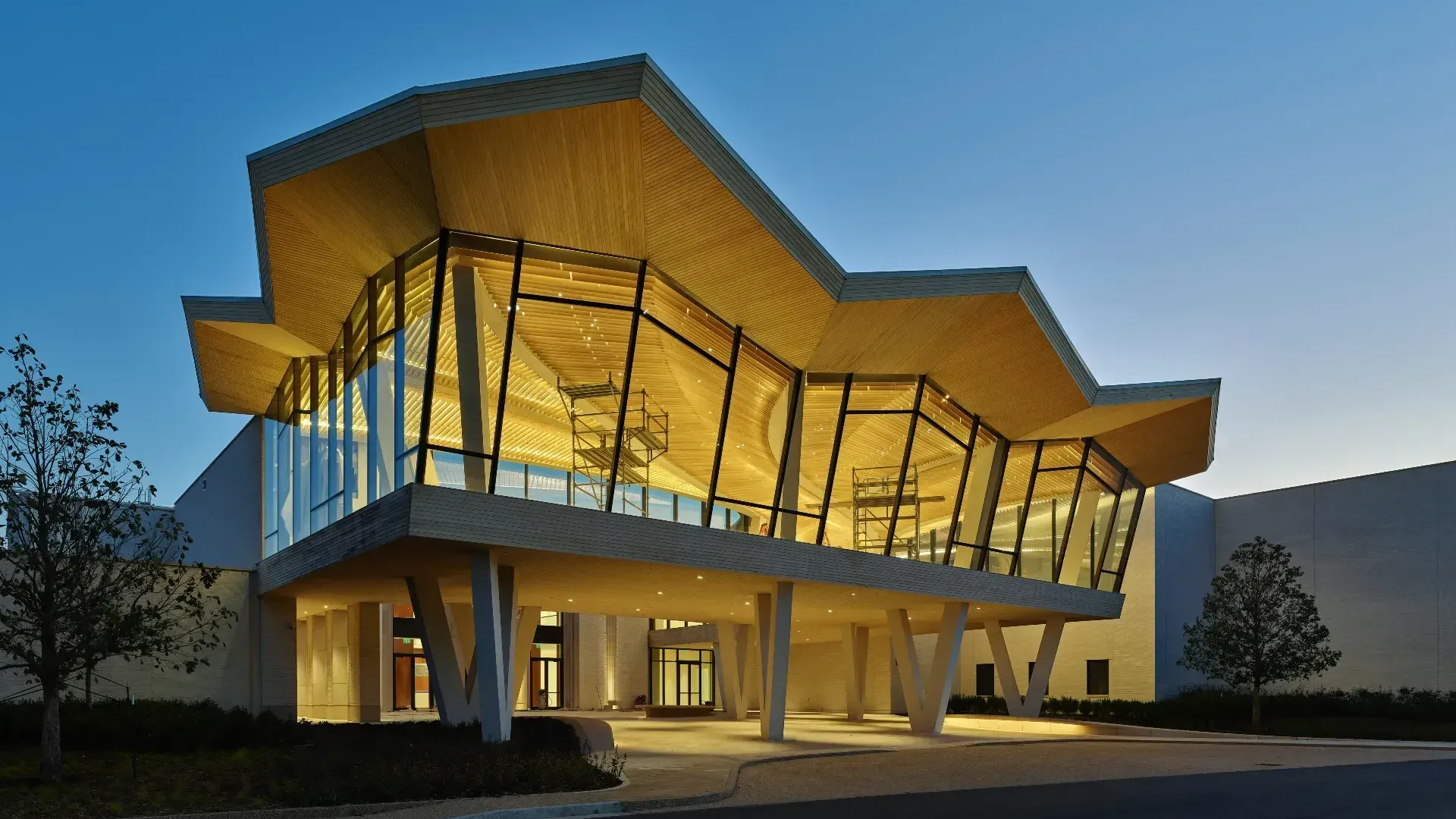
When designing the exterior of your commercial property, landscaping isn’t just about lush greenery—hardscapes are just as crucial in creating a visually appealing and highly functional outdoor space. Hardscapes, which include elements such as patios, walkways, retaining walls, and seating areas, define the structure of your landscape, enhancing both aesthetics and usability. By incorporating these features, businesses can elevate their outdoor spaces, improve functionality, and increase property value.
In this blog, we’ll explore the advantages of integrating hardscapes into your commercial property and how they contribute to a polished, professional, and inviting environment.
What Are Hardscapes? Hardscapes encompass all the non-living elements in landscape design. Unlike softscapes—comprising plants, trees, and flowers—hardscapes are constructed from materials like stone, brick, concrete, wood, and metal. These features establish the layout and usability of outdoor spaces while providing a striking contrast to greenery.
Common Hardscape Elements: Patios: Versatile outdoor spaces perfect for dining, relaxation, or social gatherings. • Walkways & Pathways: Well-defined routes that improve accessibility and guide visitors throughout the property. • Retaining Walls: Structural elements that provide drainage solutions and prevent soil erosion while adding depth and design interest. • Outdoor Seating: Benches and communal seating areas encourage engagement and relaxation. • Fences & Borders: Functional and stylish additions that provide security, privacy, and clear property boundaries.
1. Enhancing Curb Appeal & Aesthetic Value: A well-designed hardscape transforms the exterior of a commercial property into a visually striking and inviting space. Thoughtfully placed stone pathways, decorative retaining walls, and stylish patios add depth, texture, and elegance to the landscape.
For instance, an intricately paved entrance or a charming courtyard can leave a lasting impression on clients and visitors, reinforcing a business’s professionalism and attention to detail. Whether your goal is to achieve a sleek, modern aesthetic or a timeless, rustic charm, hardscapes provide the foundation for creating a stunning and cohesive outdoor design.
2. Increasing Functionality & Usability: Beyond their aesthetic benefits, hardscapes significantly enhance the usability of outdoor spaces. Walkways and paved pathways ensure easy navigation, even during wet or muddy conditions, making the property more accessible. Seating areas, courtyards, and patios create comfortable spots for employees, clients, and guests to relax, interact, or conduct business.
Additionally, retaining walls and terraces help mitigate landscaping challenges by stabilizing slopes and preventing soil erosion, transforming previously unusable areas into practical, structured spaces. Well-placed hardscapes also help regulate pedestrian traffic, keeping high-traffic areas orderly and preventing damage to grass and softscape elements.
3. Boosting Property Value: Investing in high-quality hardscaping can significantly increase the market value of your commercial property. First impressions matter, and a well-maintained, visually appealing exterior makes your property more attractive to potential tenants, buyers, and customers.
Outdoor features such as patios, courtyards, and seating areas enhance the overall experience for visitors while offering practical spaces for business activities. The durability and low-maintenance nature of hardscapes also appeal to property owners, as they provide long-term value with minimal upkeep costs.
4. Low Maintenance & Durability: Unlike softscapes, which require regular watering, pruning, and seasonal upkeep, hardscapes are exceptionally low maintenance. Once installed, patios, walkways, and retaining walls require little attention, reducing overall maintenance costs.
Materials like stone, brick, and concrete are built to withstand the elements, ensuring longevity even in high-traffic commercial spaces. Unlike lawns or flower beds that may suffer from seasonal changes, hardscapes remain functional and visually appealing year-round.
5. Encouraging Social Interaction & Business Opportunities: A well-designed outdoor space encourages engagement, interaction, and productivity. Hardscape elements such as patios, fire pits, and seating areas create inviting environments where employees, clients, and visitors can gather for meetings, casual conversations, or corporate events.
For businesses in the hospitality, retail, or dining industries, outdoor seating areas provide additional opportunities to attract customers, increasing dwell time and enhancing overall experience. A thoughtfully designed exterior can encourage people to linger, boosting customer satisfaction and potential sales.
6. Eco-Friendly & Sustainable Solutions: Hardscaping can play a significant role in environmental sustainability. Permeable pavers, for example, allow rainwater to filter through the ground rather than contributing to runoff, reducing erosion and improving stormwater management.
Additionally, sustainable hardscaping materials—such as recycled stone, reclaimed wood, and eco-friendly composites—help businesses align with green building initiatives. Because hardscapes require little to no chemical treatments, such as pesticides or fertilizers, they also contribute to a cleaner, healthier outdoor environment.
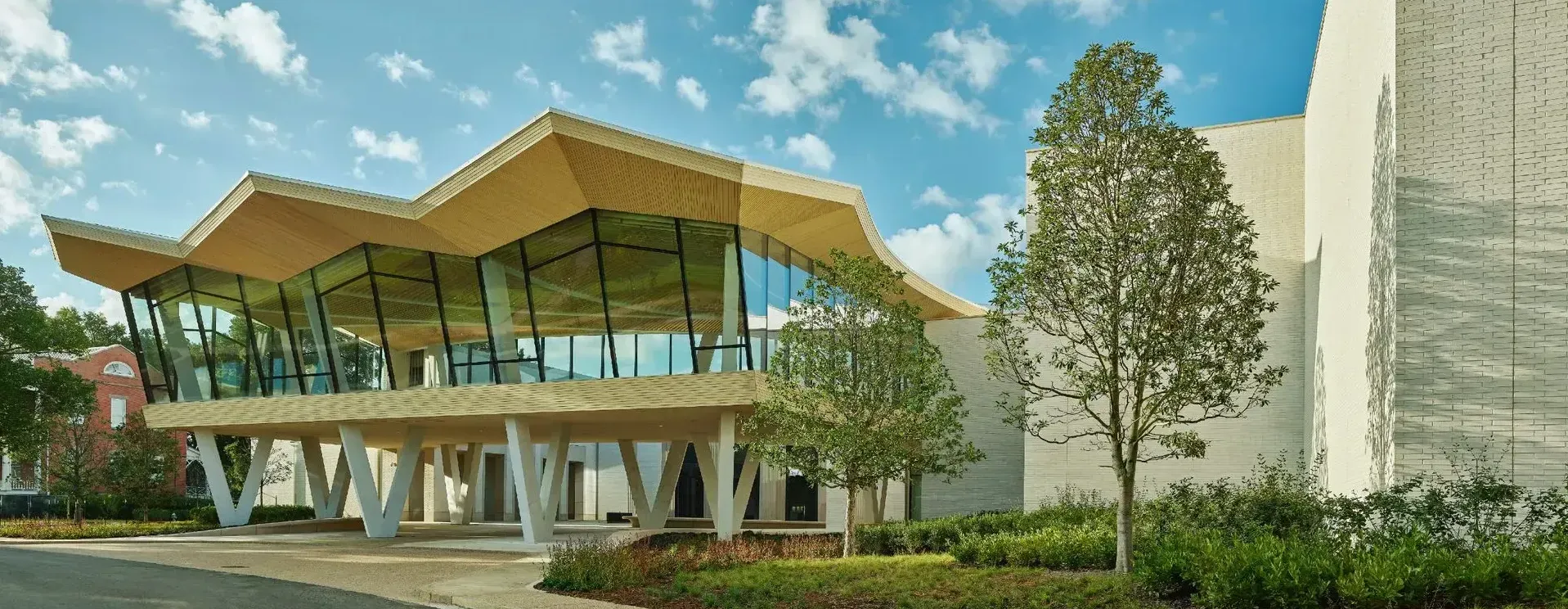
Incorporating hardscapes into your commercial landscape design is a smart investment that enhances aesthetics, improves functionality, and increases property value. These durable, low-maintenance features create structured, visually appealing spaces while fostering social interaction and business opportunities. Whether you're aiming to define walkways, build seating areas, or create an elegant outdoor environment, hardscapes provide a lasting solution that reflects your business’s professionalism and commitment to quality.
At Rotolo Consultants, Inc. (RCI), we specialize in designing and installing high-quality hardscape solutions tailored to the unique needs of commercial properties. As a leading commercial landscaping company headquartered in Slidell, Louisiana, we offer comprehensive commercial landscaping services, including commercial lawn care, corporate landscape maintenance, and irrigation systems for businesses.
Let us help you transform your outdoor space! Contact us today to explore the best hardscape solutions for your commercial property and experience the best commercial lawn care service headquartered in Slidell, Louisiana!
